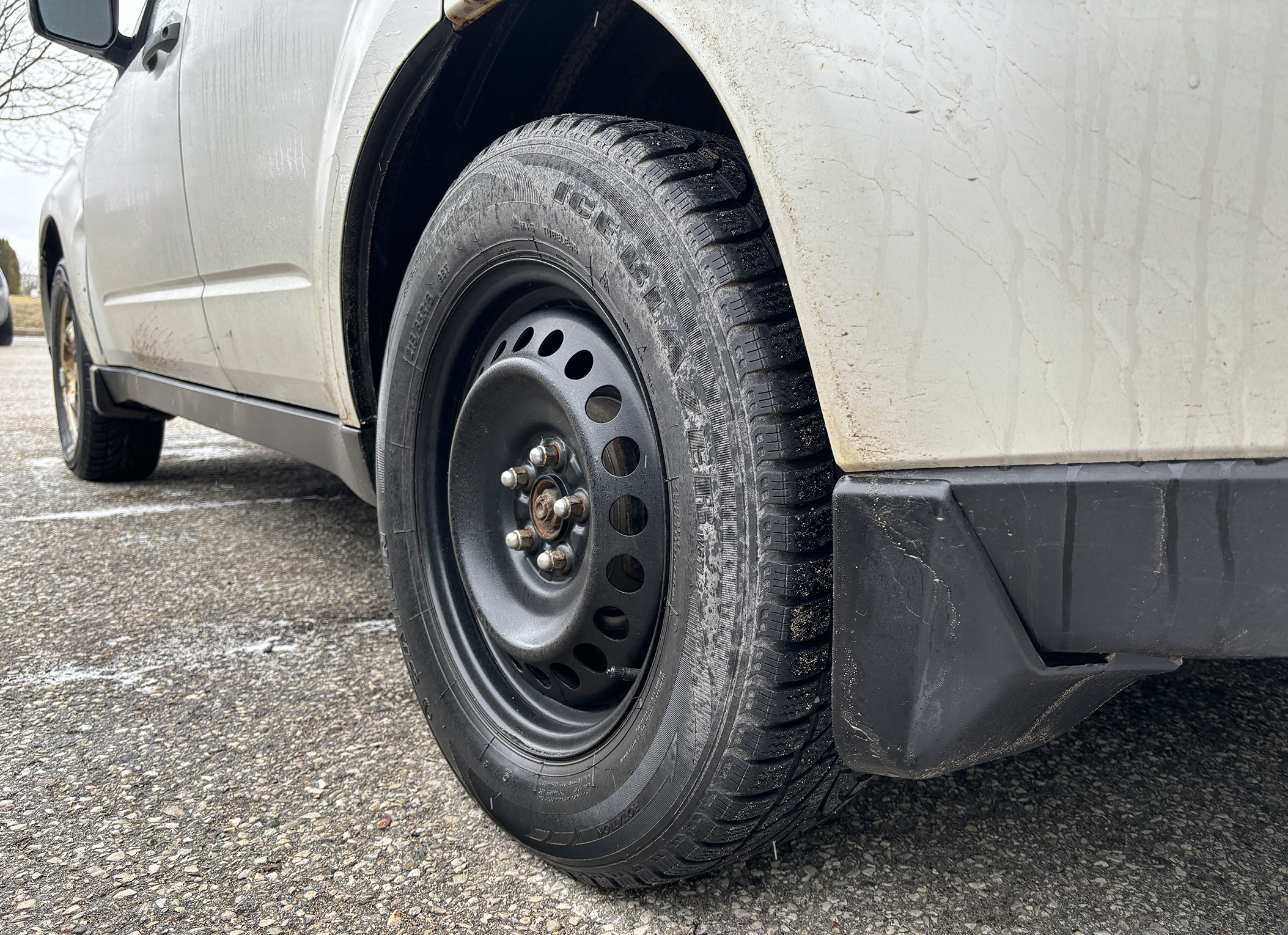WELLINGTON COUNTY – Spring is here at last and the temperatures continue to rise. With this, some may wonder if it is time to swap out the winter tires – and some already have.
Tony MacMullin from Tony’s Auto Service in Fergus is advising his customers to speak to their insurance providers before doing this “to make sure that it does not cause any problems with their coverage.”
Many of his customers have come back saying their insurance recommends keeping winter tires on until March 31.
Insurance requirements
“Some insurance companies have specific dates that they require people to keep their winter tires on until. So, people should be mindful of that,” said Desjardins Insurance agent in Fergus Steve Lund.
To reward safe winter driving, Desjardins and other insurance agencies offer savings on auto insurance premiums if a driver’s car is equipped with winter tires on all four wheel positions.
“[This is] because of the safety feature that winter tires offer to vehicles in Ontario,” said Lund.
Winter vs. All-season
Winter tires have specialized rubber compounds and tread designs to handle the cold temperatures and are specifically designed for road conditions with temperatures that reach below 7ºC.
The tread remains flexible to prevent buildup of snow, and assist with traction on ice.
“Winter tires are made out of different types of rubber compounds, and some are softer and some are harder,” said MacMullin.
“Every company has different grades, and I find the higher-end tires seem to have softer plies (rubber) which is better for traction. All Season tires, however, are not designed to be optimal in one specific weather condition, but are meant to be adequate in all weather.
“The tread design of an all-season tire is not as aggressive as that of a winter tire and is also not as flexible in the cold. An all-season tire’s tread will quickly get packed with snow and you lose traction,” Lund had stated in an email to the Advertiser.
Winter tire grading
Feb. 1, 1999, is when the Rubber Manufacturer’s Association and the Rubber Association of Canada introduced winter tire grading.
“These tires are specifically designed for severe snow conditions and meet snow traction performance requirements,” the email stated.
Tires meeting this standard will have a peaked mountain symbol to help drivers determine if a tire will meet their winter driving needs.
Tires marked with “M + S” or “Mud and Snow” (all-seasoned tired) will provide safe all-weather performance, however, they may not be best suited for more severe winter weather.
Lund also shared that a Transports Québec study showed that winter tires reduce stopping distance up to 25 percent, or between 2 to 3 car-lengths.
Desjardins Insurance recommends installing winter tires on all four wheel positions, and does not advise having only two winter tires on the drive wheels because unmatched tires can hamper vehicle stability, braking and cornering.
With the warming weather, MacMullin is advising his customers to contact their insurance before switching off from winter tires so soon if they are getting a rebate for their snow tires.
He added that “every week, every day is a different thing” in terms of weather conditions in Canada.




